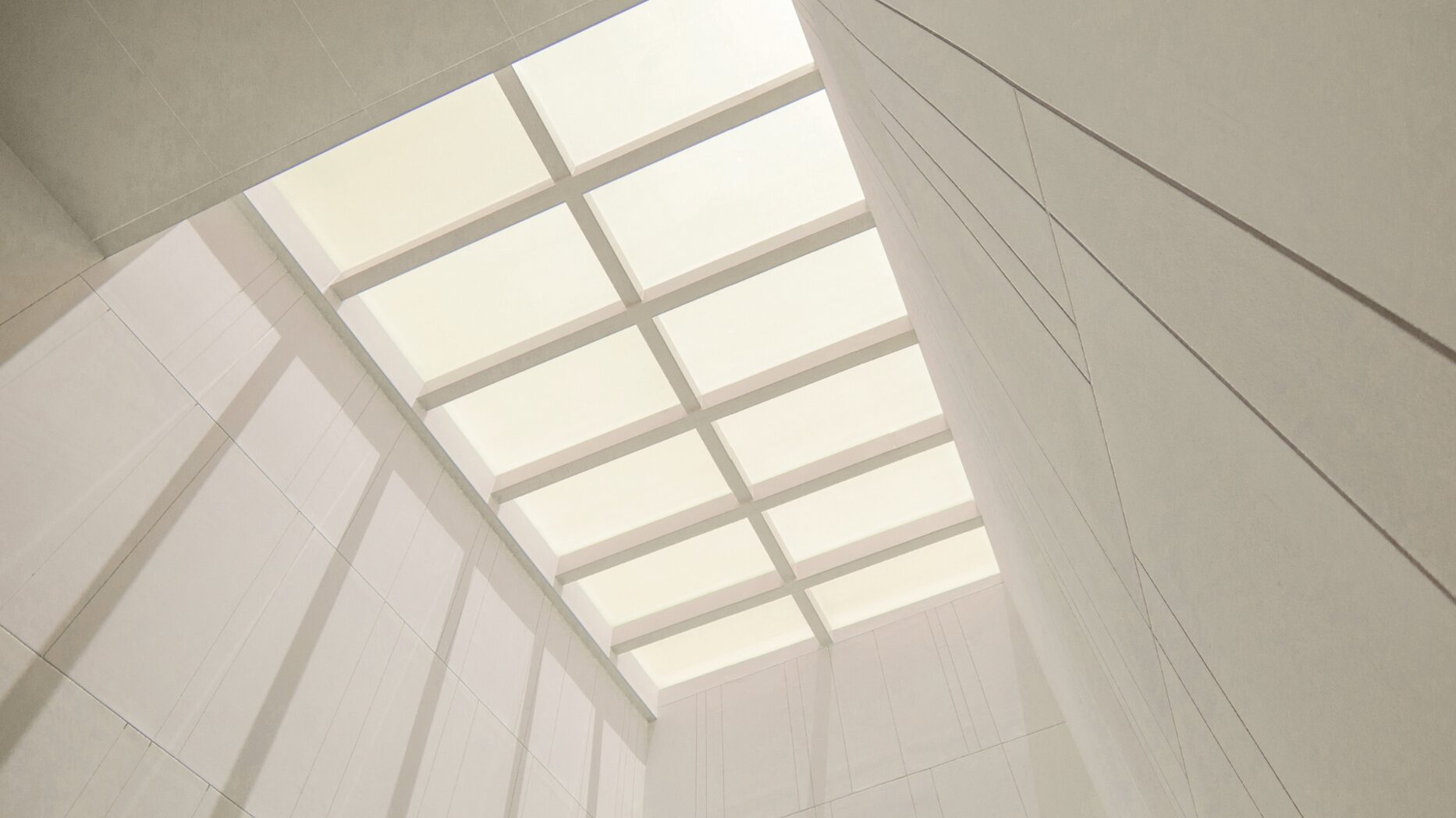Q&A: During a roof replacement, can owners choose not to reinstall their common property skylight? Is the body corporate liable to replace them later if a future owner complains?
Question: During a roof replacement, can owners choose not to reinstall their common property skylight? Is the body corporate liable to replace them later if a future owner complains?
We are owners in a 6-unit strata complex in FNQ. We need to replace our metal roof due to rust damage and have just held an EGM to obtain authority from the owners for a special levy to help cover the cost of the new roof.
All six units have skylights in the top-floor bathroom. Four owners do not want a new skylight installed, saving $750. Two owners would like the skylight replaced, with the additional $750 added to their special levy.
At the EGM, our strata manager advised that lawfully, owners cannot have the skylights removed without holding an EGM. All owners must agree, as the skylights are considered common property.
Also, the strata manager advised that if an owner chooses not to have the skylight replaced and they sell their unit, the new owner can complain that they don’t have a skylight and the body corporate is responsible for retrofitting a new skylight, as it was part of the original plan.
Is our strata manager correct?
Answer: The treatment of the costs and the level of approval required flows from where the skylights are located relative to the boundary between the lot/s and the common property.
Skylights tend to be a polarising issue; owners typically love them or hate them. As with any issue of this nature, the body corporate should seek legal advice.
The treatment of the costs and the level of approval required flows from where the skylights are located relative to the boundary between the lot/s and the common property.
The relevant upper boundary of a lot is the mid-point of the ceiling. Where skylights are of the ‘tube’ or tunnel type, with diffusers in the ceiling, the skylight itself, located on the rooftop, will typically be common property and owned by, as well as the maintenance responsibility of, the body corporate.
If the skylights are part of the ceiling, they will usually be part common property and part of the lot as they straddle the boundary. In this case, the skylights will be jointly owned by the body corporate and the lot owner, but the maintenance responsibility of the body corporate on the basis that they are a ‘roofing structure providing protection’.
Where the skylights are common property only, removing them is an ‘improvement to the common property by body corporate’, which would usually require only either a committee resolution or an ordinary resolution at a general meeting. Only a brave body corporate would remove skylights, in this case, without the consent of the affected lot owners. Lot owners who were dissatisfied with such a body corporate decision could, and likely would, go looking for factors that would invalidate the body corporate decision, for example and without limitation, based on compliance with development approval (building approval) conditions or bylaws.
Where the skylights are part common property and part of the lot, it is clear that installing larger skylights will take a resolution without dissent; see one of my cases, relating to enlarging penthouse windows overlooking the Coral Sea in Dansur v Body Corporate for Cairns Aquarius CTS 1439 & Anor [2022] QCATA 15. (Actually spelt ‘Danseur’).
It is less clear whether a resolution without dissent would be required to remove the skylights and replace them with roof sheeting.
It is a common misconception that the Dansur case is authority for the proposition that if you remove an existing part of the building and throw it away, you are ‘disposing’ of part of the common property. You need a resolution without dissent for that. That analysis is not correct. It is true that in Dansur, part of an external wall and the old window were ripped out and thrown away, but the relevant ‘disposal’ was not the act of throwing the building material away.
The ‘disposal’ was the creation of a new right, enjoyable only by the penthouse owner, to a larger view through a larger window, out to the Coral Sea. No other lot owner could enjoy that right, and any activity on the external surface of the building would have interfered with the right, and no doubt would have been challenged by the lot owner; after all, if the new, bigger window was (partly) painted over, what would be the point of having the larger window!
So, when a skylight is taken away and replaced with an ordinary roof, part of the lot owner’s property is being thrown away. A prudent body corporate would want the lot owner’s consent before proceeding (lest the body corporate invite prosecution for wilful damage and/or a civil claim in trespass!). As far as the approval to do the work, however, it’s hard to see why the replacement of the skylight would be anything more than an improvement to the common property (maximum level approval required being an ordinary resolution) with an additional bit of work to the lot (usually to be paid for by the lot owner).
Finally, I would recommend that this body corporate take advice, not only in relation to the level of approvals required, but also what appears to be ‘differential’ special levies. There are very few ways that just some owners can be levied for things instead of all lot owners. The ‘saving’ generated from not installing a new skylight is very unlikely to be a saving for the lot owner, as opposed to the body corporate. Likewise, the cost of new skylights to replace the old is very likely to be a body corporate cost and not a lot owner cost.
This article by Queensland Partner Michael Kleinschmidt and Paralegal Evelyn Hearn first appeared in August 2025 edition of The QLD Strata Magazine from LookUpStrata Pty Ltd.
© Bugden Allen Group Legal Pty Ltd. This is general information only and not legal advice. You should not rely on this information without seeking legal advice tailored to your specific circumstances.




